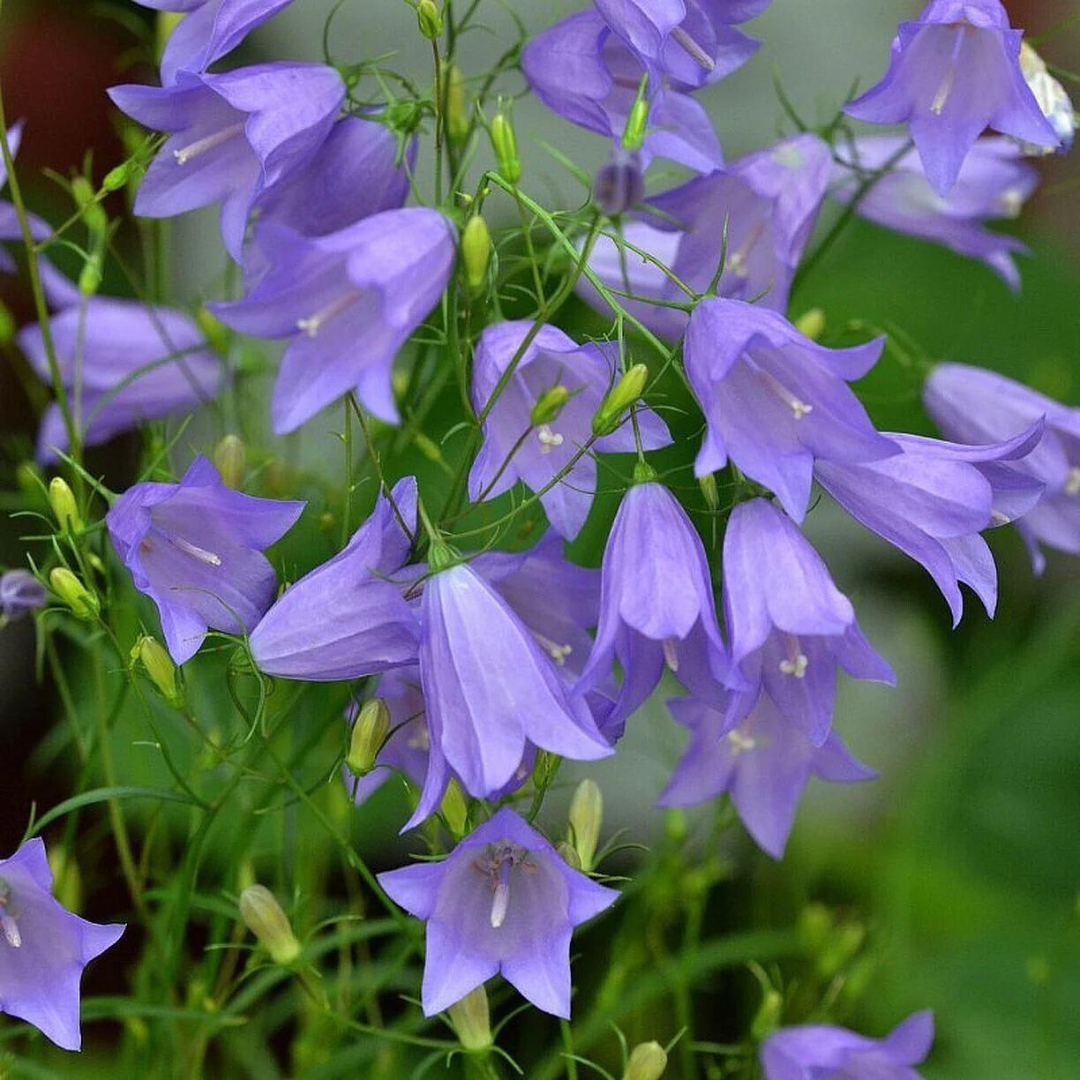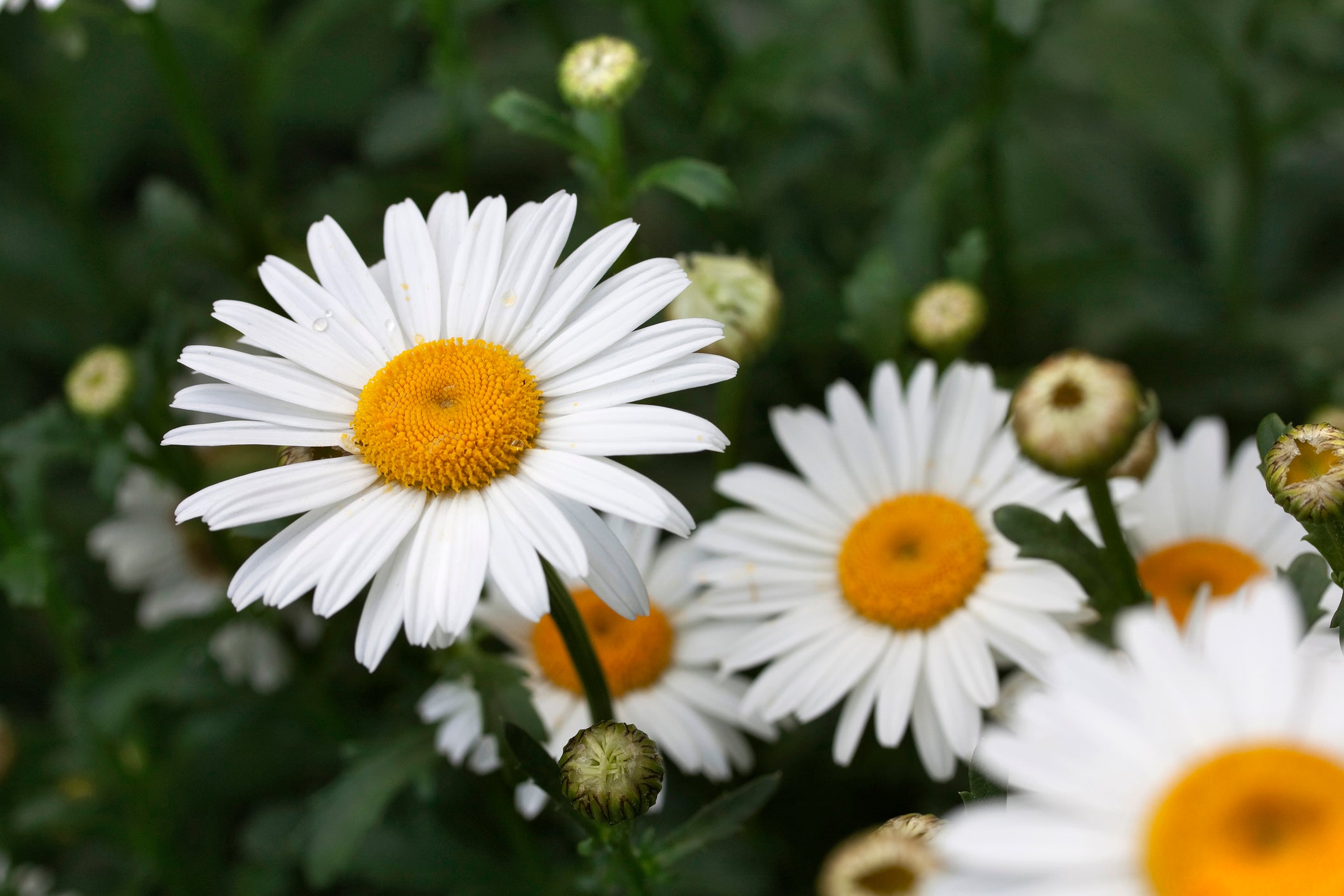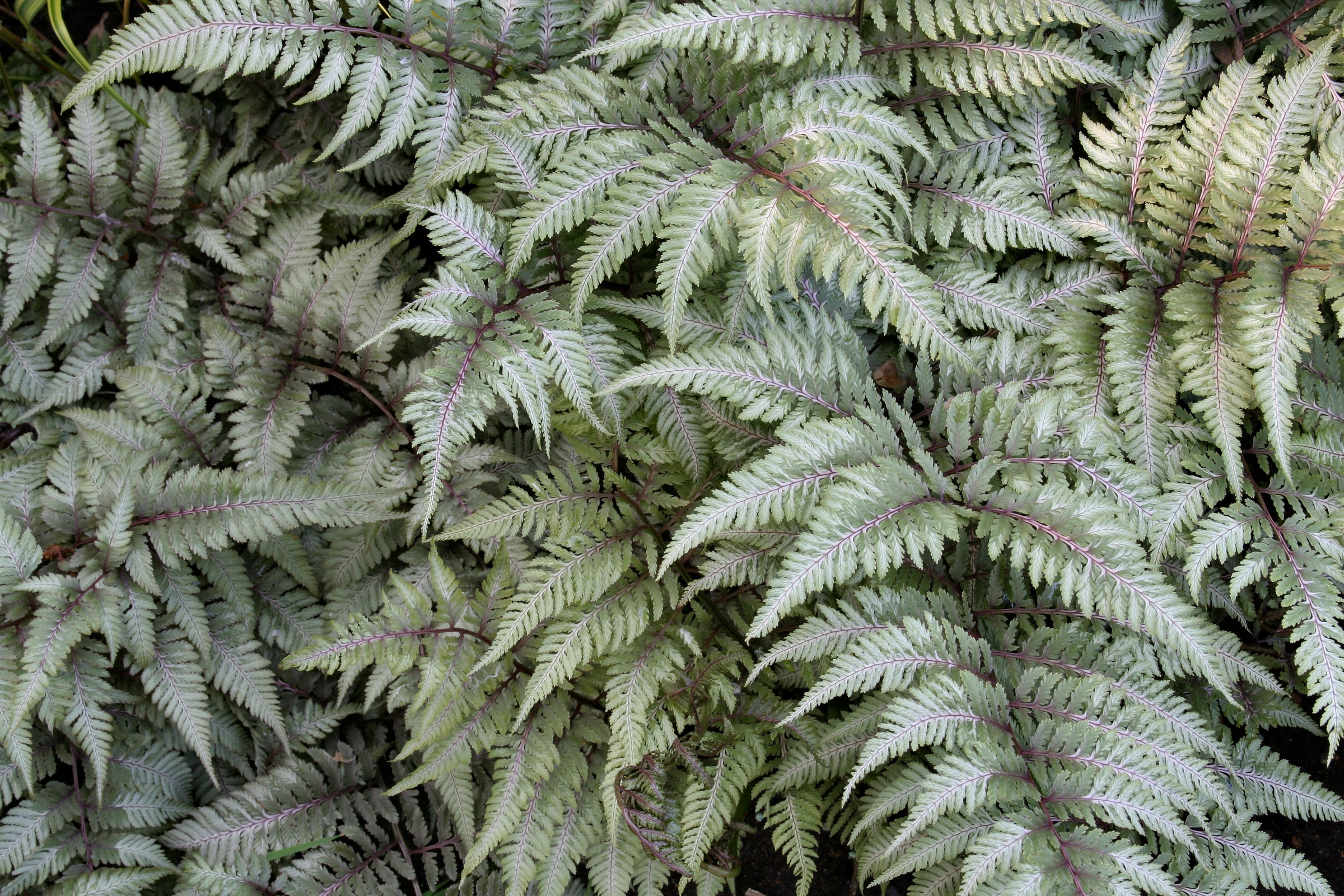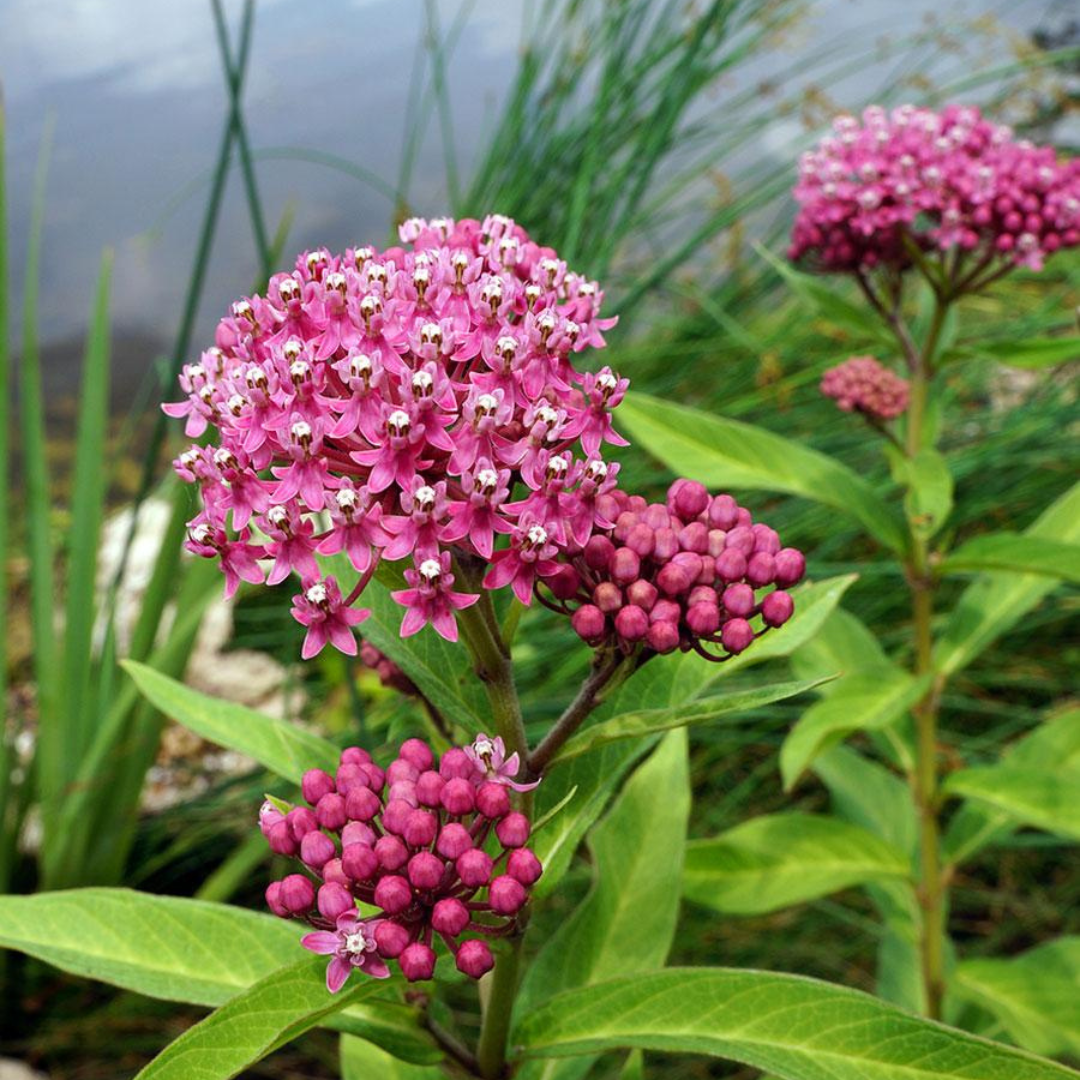
Campanula rotundifolia
Add to Wishlist Full Sun
Full Sun
 Partial Sun
Partial Sun
 Deer Resistant
Deer Resistant
 Native
Native
- In stock, ready to ship
- Backordered, shipping soon
Campanula rotundifolia: Sky Bells of the Open Meadow
Delicate yet persistent, Campanula rotundifolia—commonly known as harebell or bluebell of Scotland—charms with its nodding, bell-shaped flowers in a clear sky blue. Blooming from early summer through fall, its wiry stems and fine foliage give it a natural grace well suited to meadows, rock gardens, and wildflower plantings. Despite its airy appearance, this native wildflower is incredibly hardy, drought-tolerant, and adaptable, offering pollinator support and a whisper of the wild in cultivated settings.
Plant Characteristics:
- Height: 30–45 cm
- Spread: 20–30 cm, forming a loose, clumping habit
- Flower Colour: Clear blue to violet-blue
- Flowering Period: Early summer to early fall
- Foliage: Basal leaves are rounded; upper leaves narrow and grass-like
- Sunlight Requirements: Full sun to part shade
- Soil Requirements: Well-drained, sandy or average soil; drought-tolerant once established
Uses and Benefits: Campanula rotundifolia brings lightness and natural rhythm to gravel gardens, alpine slopes, prairie borders, and pollinator meadows. Its long bloom time and gentle movement make it a lovely companion to grasses and wildflower-style plantings. Bees adore its bell-shaped flowers, and its toughness belies its fine-textured beauty—ideal for sunny, low-maintenance spaces.
Companion Plants: Plant alongside the golden seed heads of Deschampsia 'Goldschleier', the cool-toned foliage of Sedum 'Blue Spruce', and the tidy white umbels of Achillea 'New Vintage White' for a balanced, textural planting that’s both airy and grounded in late-season beauty.
Care Instructions: Grow in full sun to light shade with well-drained soil. Water regularly during establishment; afterwards, minimal watering is needed. Cut back spent stems to encourage rebloom or allow to self-seed for a naturalized effect. Divide clumps every 3–4 years if desired.
History: Native to Europe, northern Asia, and North America, Campanula rotundifolia has long been associated with rugged coastlines and highland meadows. Its delicate flowers have inspired poetry and folklore for centuries, while its adaptability has made it a favourite in naturalistic and native plantings.
Final Thoughts: Light as a breeze and tough as the hills it hails from, Campanula rotundifolia brings a wild elegance to any sunny garden—offering sky-blue blooms that dance through the long days of summer.






